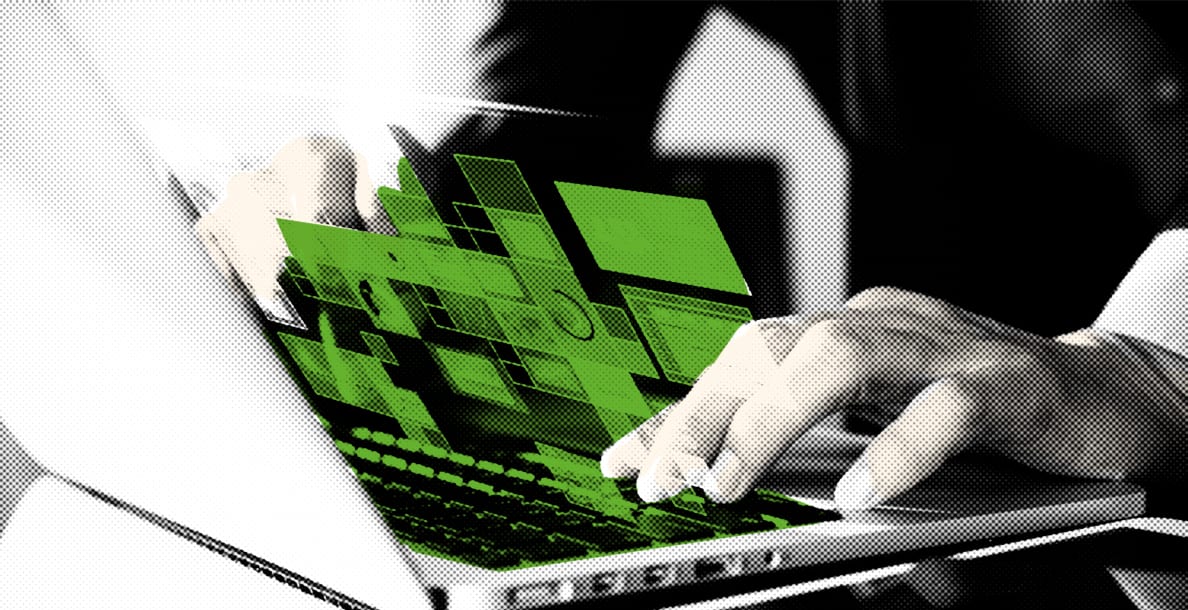The past few years have seen a whirlwind of developments in both Digital Asset Management (DAM) and blockchain technology. DAM solutions have grown beyond just file storage into robust lifecycle management solutions. Blockchain technology has also grown beyond its roots in cryptocurrency. A surge of innovation has seen programmable smart contracts, non-fungible digital assets, and the decentralizing of applications like supply chain management, identity management, chain of custody, and digital rights management.
What is Blockchain?
Blockchain is basically a shared database network. Each transaction is verified and monitored by everyone sharing the database. These transactions are then used as part of the verification for subsequent transactions, ensuring that previous transactions have not been modified. Since everyone is sharing the database and transactions with each other, a consensus can be made to ensure the authenticity of the entire system.
Through advances in digital cryptography, records can only be modified by the owner. But owners can give special viewing permissions for other users to see full records or just parts of the record. These permissions can also be time-sensitive, expiring after a certain time. Ownership can also be delegated, transferred, or rented through smart contracts.
Digital Asset Management and Blockchain
Bitcoin and many others use blockchain to manage financial transactions because of its many advantages over traditional financial services. But blockchain technology isn’t limited to financial transactions. It can be used to store any data, manage ownership over that data, and provide a full auditable history of that data.
In other words, blockchain can help digital asset management solutions do what they do better.
File Storage
Corporations that use DAM software today are familiar with redundancy and delivery concepts like failover systems and Content Delivery Networks (CDNs). Blockchains can provide the same level of global redundancy and access. File storage blockchains are building a similar network that leverages the advantage of decentralization over the private control of CDNs. This ensures downtime risk is not only spread across network nodes but across the independent companies running these nodes.
Data Management
A blockchain network differs from a traditional database system in two ways. First, a blockchain’s distributed nature is more resilient than a database cluster. Blockchains rely on the idea of distributed peer nodes that resolve the state of data using a consensus model. Any peer can accept a transaction, eliminating the need to rely on a centralized system that’s at risk from outside attacks.
One way that hackers try to disrupt systems is through DDoS attacks. DDoS protections can be costly as these services attempt to absorb a large volume of traffic. DDoS attacks focus on a central server, a single point of failure that does not exist with a decentralized blockchain. Some projects are already evaluating blockchain for dedicated DDoS protection systems that optimize bandwidth and decrease cost.
Secondly, blockchains have inherited transactional certainty. Since each transaction is encoded using the history of previous transactions; there is no doubt as to the integrity of the data. Each transaction is cryptographically authenticated ensuring full auditability of the transactions. Standard databases don’t inherently log all transactions of every change and need to be explicitly programmed to do so?unlike blockchain.
Ownership and Digital Rights Management
Dedicated Digital Rights Management solutions also sit on a database. The core dilemma is managing the complex usage rights and verifying ownership. Rather than analogue contracts that require manual governance, blockchains use programmable smart contracts and non-fungible tokens. This means, ownership is unambiguous, and digital rights can be granted through self-executing contracts. This type of decentralized governance ensures adherence to matrixed rights models that is fully traceable.
Blockchain and Your Digital Asset Strategy
As companies begin to evaluate the benefits of blockchain solutions, how existing systems interact with blockchains will take on a more prominent role. Does your existing DAM solution provide robust APIs that facilitate integration into emerging technologies? Does your existing DAM have the ability to store these new types of digital assets? Can you manage marketing campaigns that leverage distribution through these emerging channels? These are just some questions that should be considered as part of your digital asset strategy.



